

Josh Nevett
2025 Bentley Bentayga review
5 Days Ago
Renault Europe's budget Suzuki Vitara competitor has been given a refresh ahead of potential Australian launch in 2022.

Senior Contributor
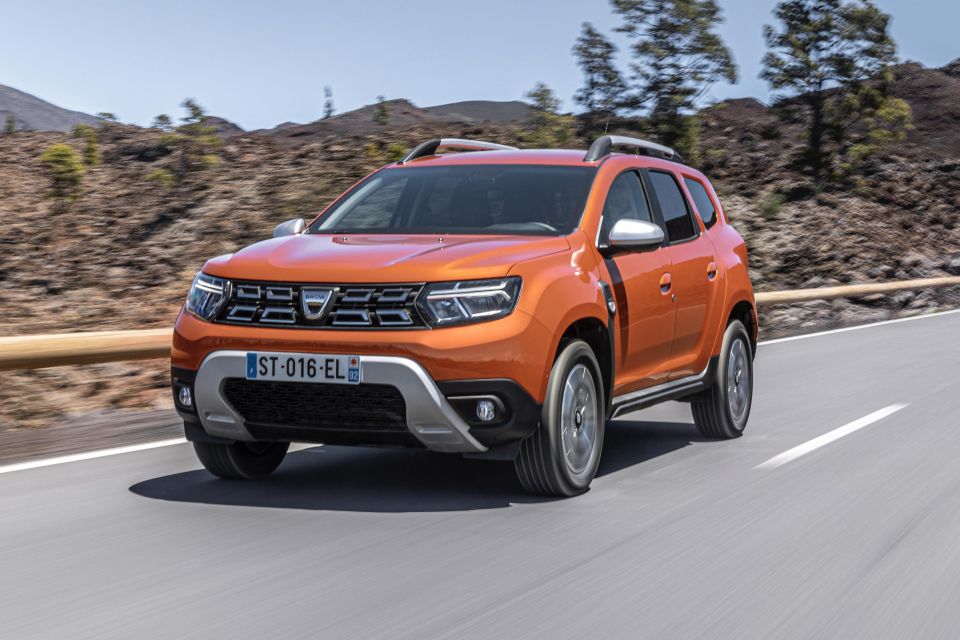

Senior Contributor
Renault’s budget brand Dacia has given the rugged little Duster SUV an update, headlined by styling tweaks, cabin enhancements, and revised drivetrains.
The mid-life upgrade brings a frontal redesign comprising Y-shaped daytime running lights, a new grille fascia, and new LED indicators. There are also new lower-rolling-resistance tyres fitted.
Inside there’s new seat upholstery, and a reshaped headrest. There’s also a new centre console armrest, with two USB points fitted in the back for rear-seat occupants.
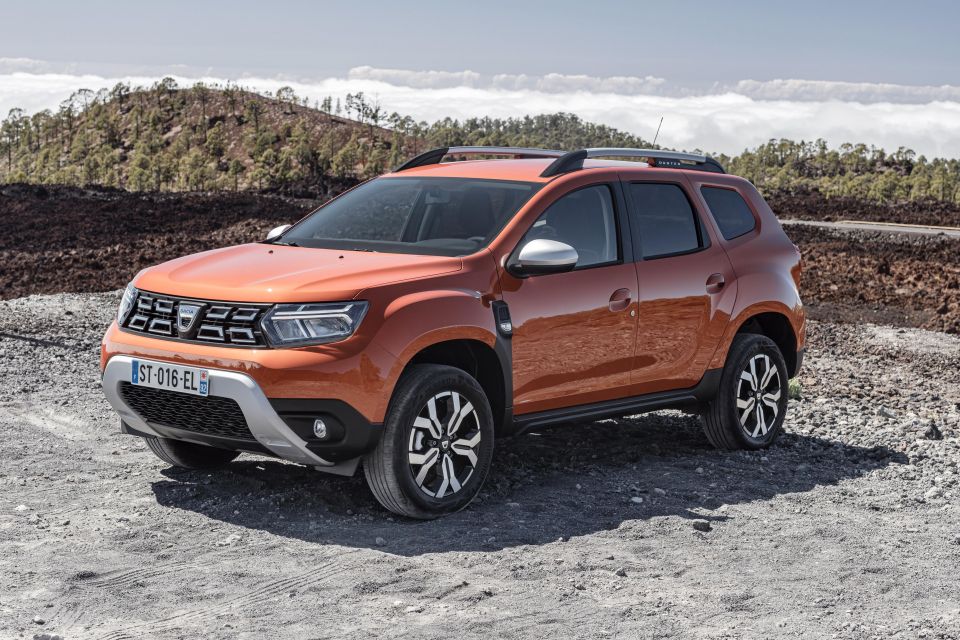
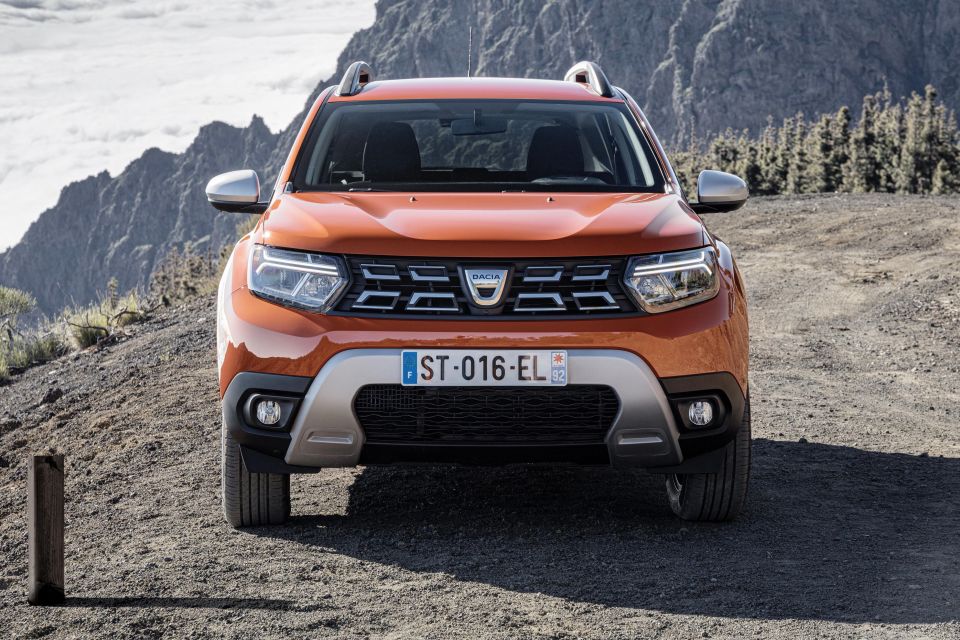
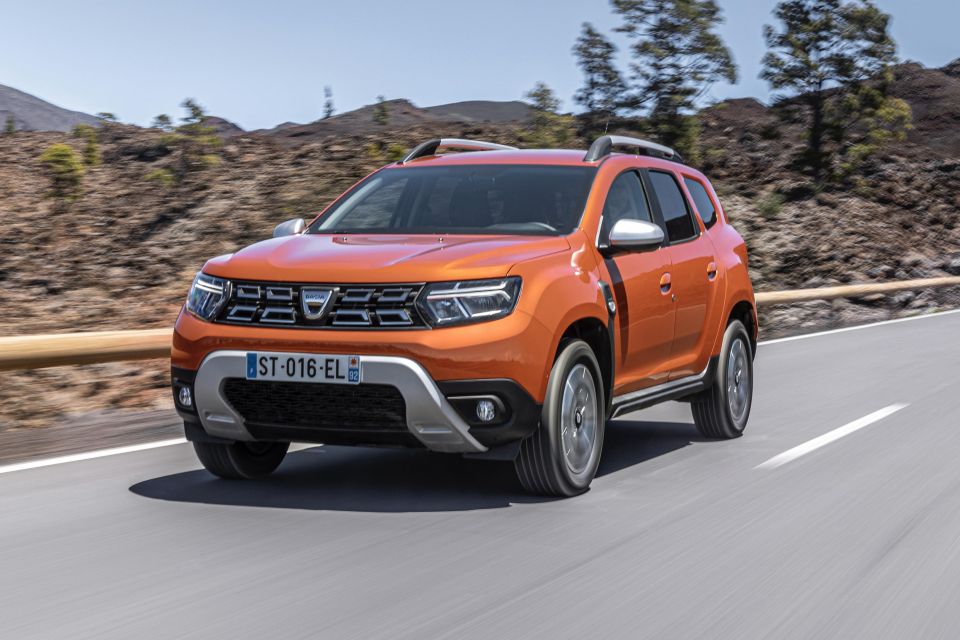
New infotainment systems use an 8.0-inch centre touchscreen. The base system offers wired Apple CarPlay and Android Auto plus DAB+, while the flagship system adds satellite-navigation and wireless phone mirroring.
Base models are front-wheel drive, but the four-wheel drive option gets a new off-road monitor screen that shows the vehicle’s pitch and roll angles, a compass, and an altimeter.
Dusters have 214mm-217mm of clearance, a 21-degree breakover angle, 30-degree approach angle, and up to 34 degrees of departure angle.
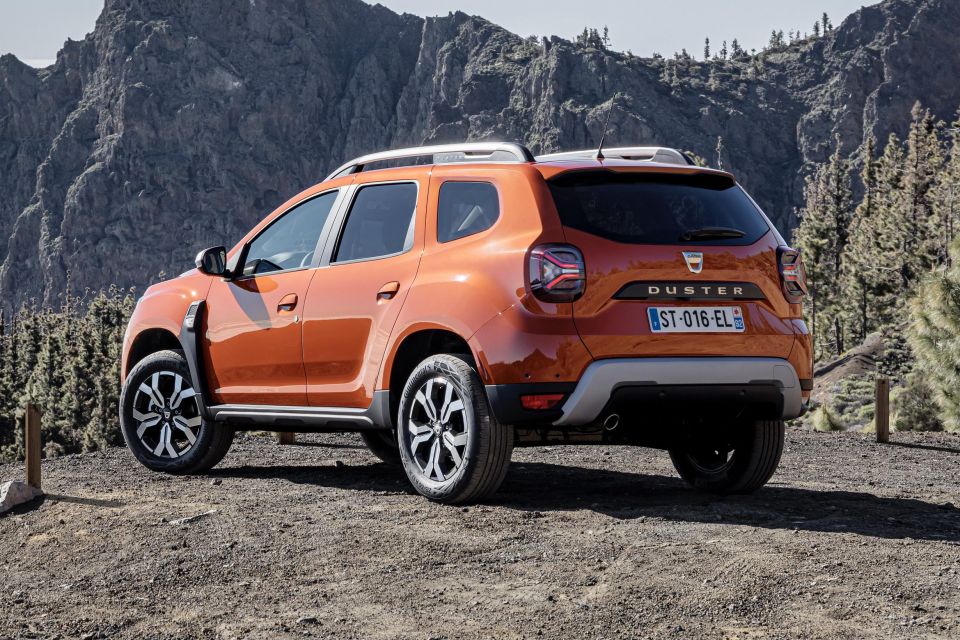

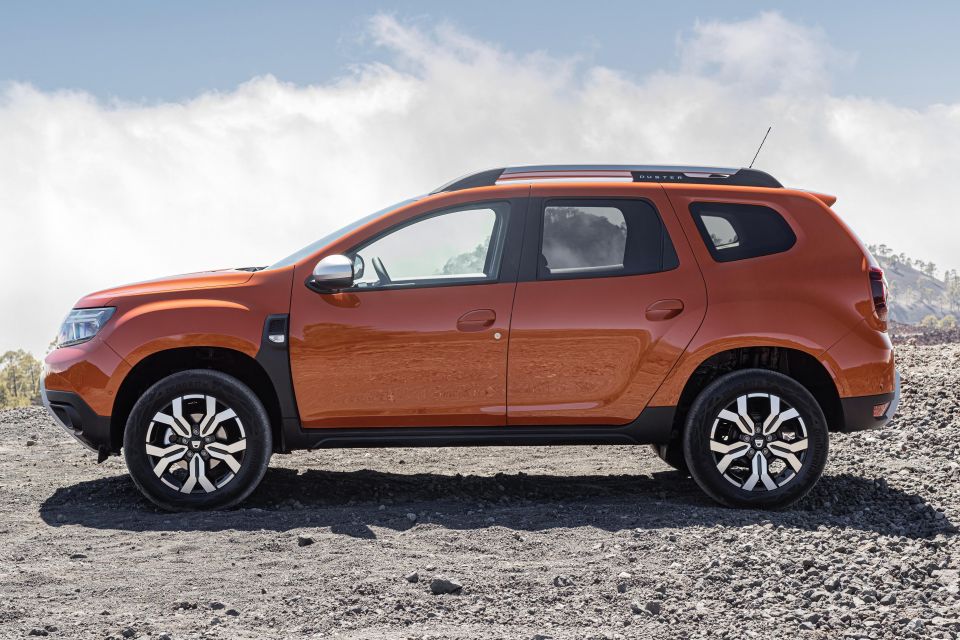
The Euro 6D engine range overhaul brings a new automatic transmission option – a six-speed ‘EDC dual-clutch – in TCe 150 petrol 4×2 guise. This engine is a 1.3-litre unit making 110kW of power and 250Nm of torque.
All other petrol and diesel engine options appear to remain manual-only, including the TCe 150 with the 4×4 system.
Finally, there are safety functions such as blind-spot monitoring and a multi-view camera available.
As we reported a few weeks ago, Renault Australia’s new importer Ateco plans to bring Dacia models here in a bid to turn around the parent brand’s flagging sales. The new EDC auto option won’t hurt its cause.
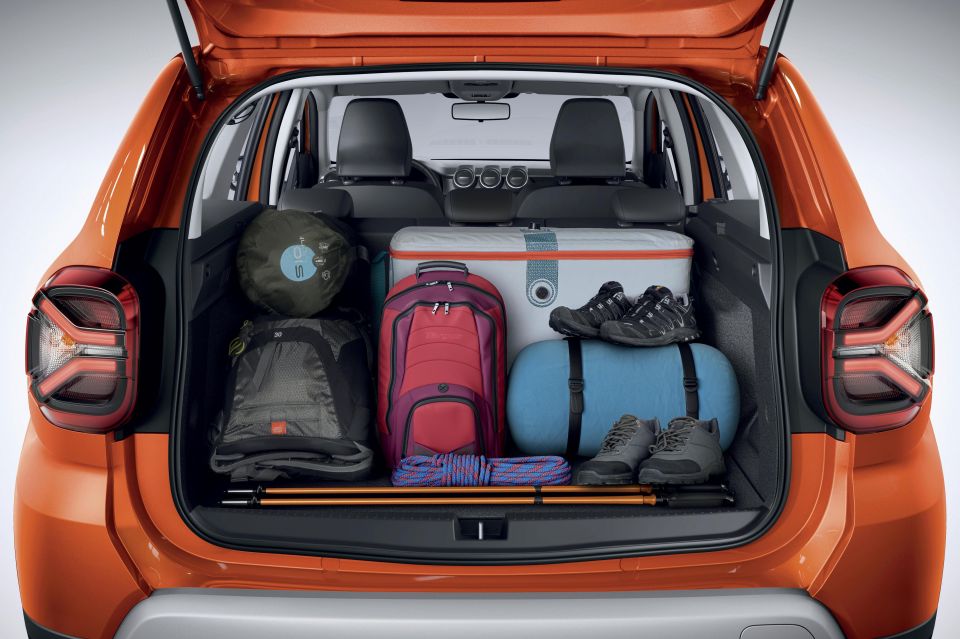
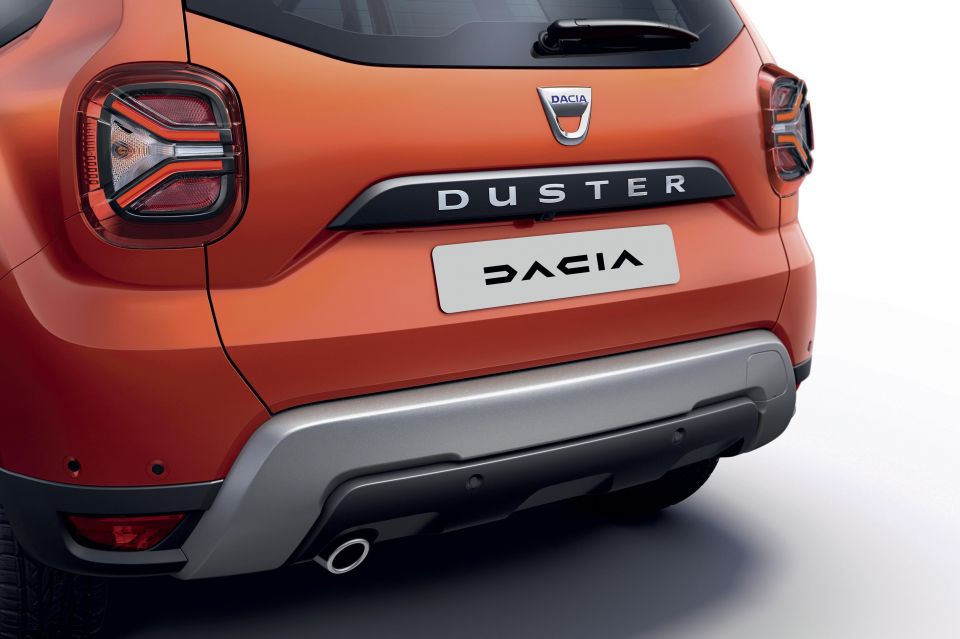
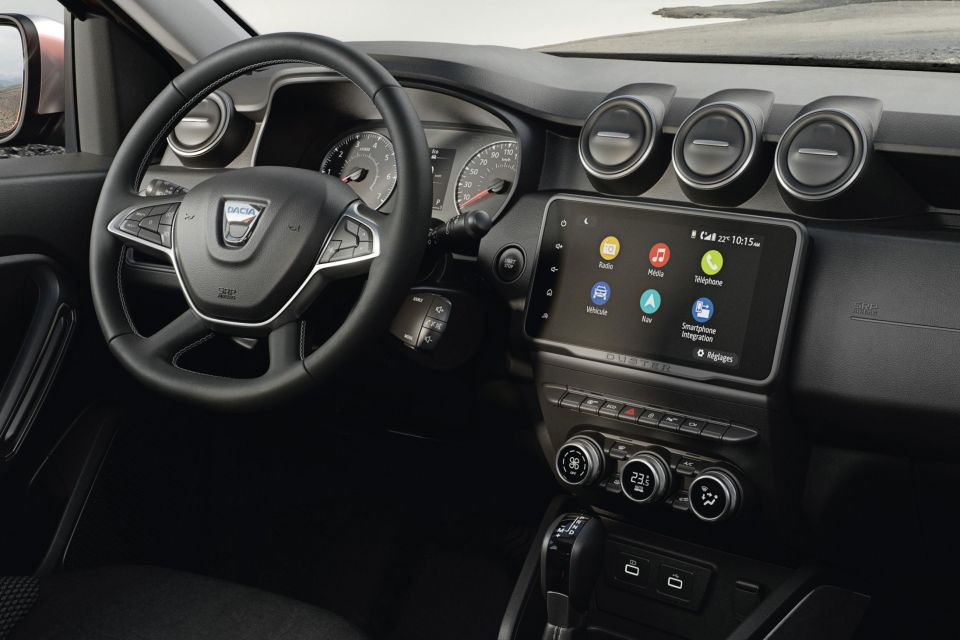
Previous Renault Australia management was once actually quite advanced down the path of offering Dacia as a no-frills European budget contender, but never quite got the business case over the line.
“When you look at Renault as a group, Renault embraces Alpine, Renault, and Dacia as well. We have seen success of Dacia in other markets, and for sure it’s a brand we would put our hands up for,” said Renault Australia’s newly-minted general manager, Glen Sealey.
“But how that would be structured moving forward is yet to be determined. And indeed, whether Dacia can be as competitive in Australia as what it is in Europe, is also yet to be determined. As long as it’s commercial, we will look at it.


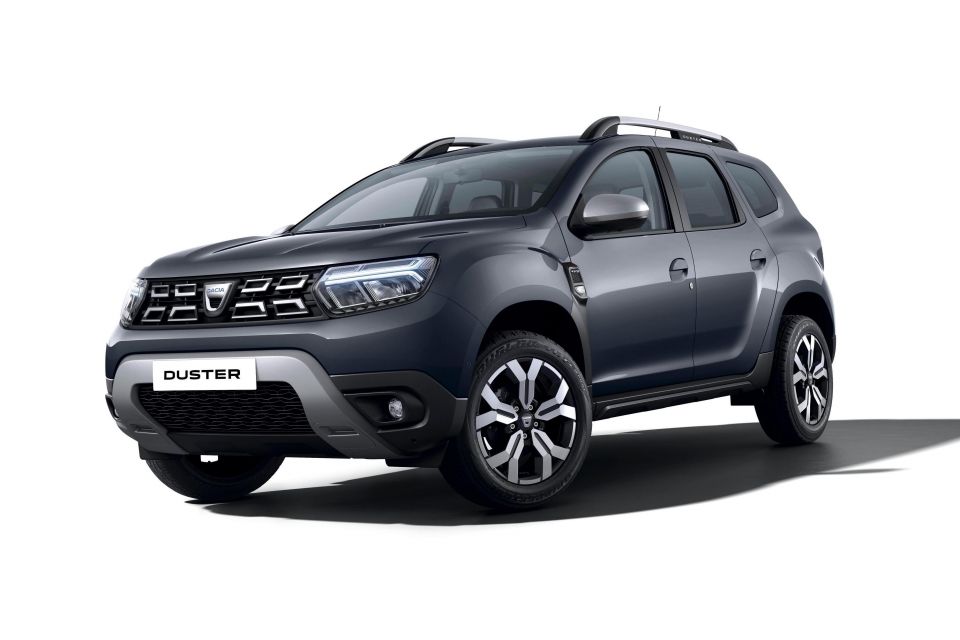

“… So for example Duster obviously fits well into the Renault commercial line. Any other product that we get access [to], we’d have to look at it in context of the existing Renault lineup as well.
“What we don’t need to do is bring something in just to cannibalise what we’ve got.
“If you look at our positioning on [Renault] Captur in Australia, it is pretty well positioned in the marketplace… if you went and checked the price of a Captur in the UK or in Europe, you’ll see we are really aggressively priced in Australia.

“Now if there’s room for Dacia underneath that, for sure we would do it. But we would also need to look at the type of product that would be coming through to make sure that it complements our existing range as opposed to cannibalising it.”
The bargain-basement Duster has found great success in Europe since the nameplate premiered on a previous-generation car in 2010. The brand claims to have sold more than 1.9 million across the continent.
In the UK a Duster can be had for £11,995 and tops out at £20,445 for the diesel 4×4. For context, a base Hyundai Kona costs £21,265 there.
Check it out and let us know your thoughts on Dacia coming to Australia in the comments!
MORE: Why Dacia should sell cars in Australia


Josh Nevett
5 Days Ago


Andrew Maclean
4 Days Ago


Shane O'Donoghue
4 Days Ago


Anthony Crawford
3 Days Ago


Matt Campbell
2 Days Ago


James Wong
24 Hours Ago